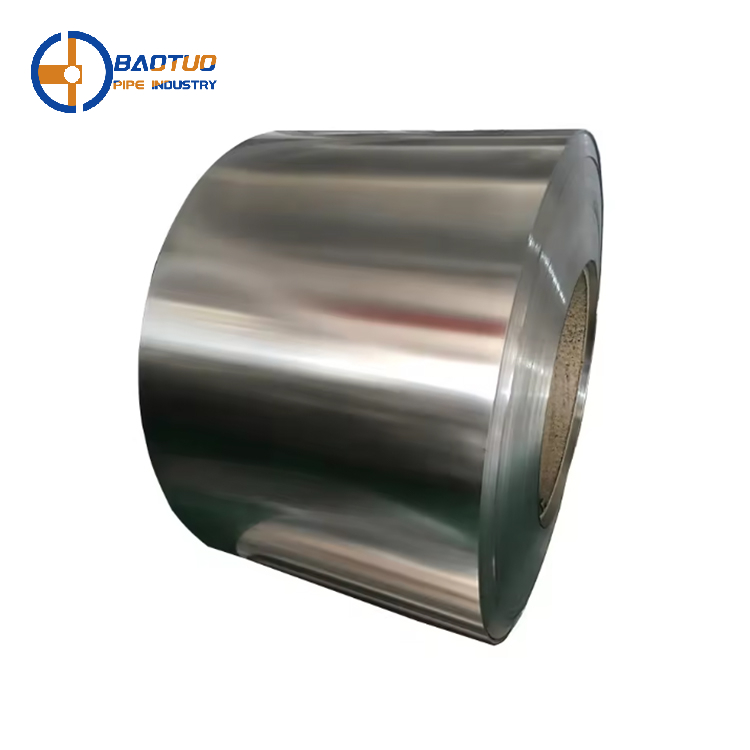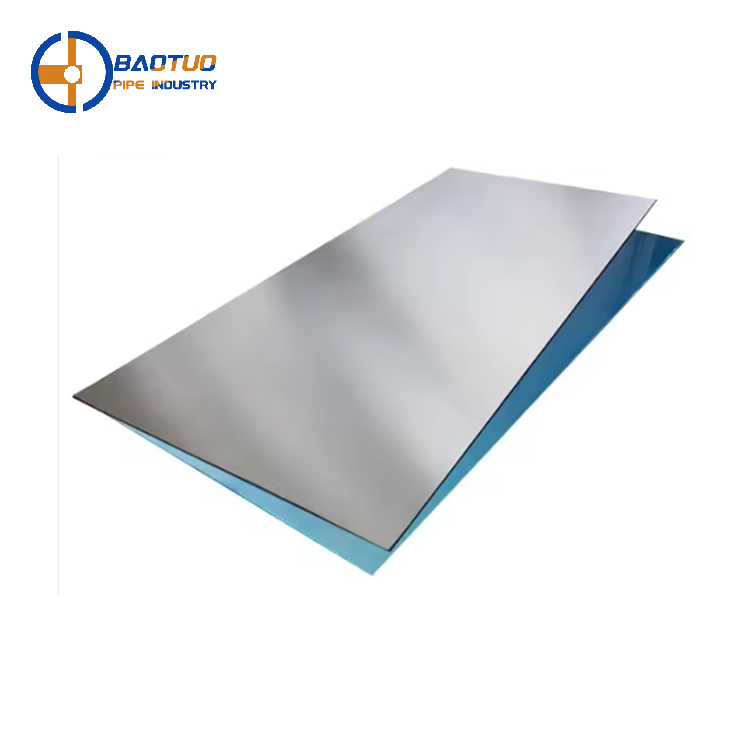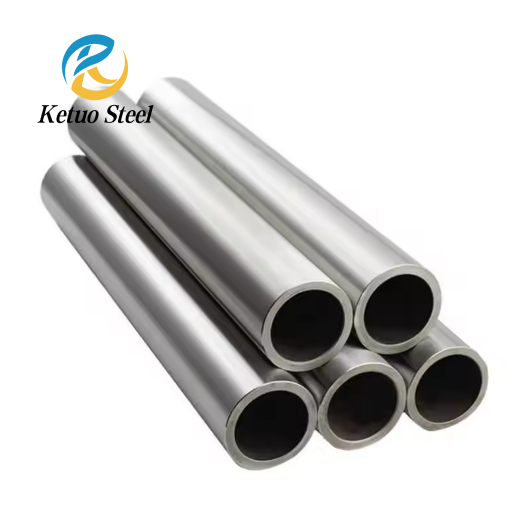Stainless steel rod making process
The production process of stainless steel rods involves several steps, from raw material preparation to the finished product. Here's an overview of the typical process:
1. **Raw Material Preparation**:
- The primary raw materials for stainless steel production are iron ore, chromium, nickel, and other alloying elements such as manganese, molybdenum, and nitrogen.
- These raw materials are sourced from mines or suppliers and undergo various processes to ensure quality and consistency.
2. **Melting and Alloying**:
- The raw materials are melted together in an electric arc furnace (EAF) or an induction furnace.
- Alloying elements such as chromium and nickel are added in precise quantities to achieve the desired grade and properties of stainless steel.
- The molten metal is carefully monitored and analyzed to ensure the correct composition.
3. **Casting**:
- The molten stainless steel is cast into semi-finished shapes such as billets, blooms, or ingots.
- Continuous casting processes may also be used to produce continuous lengths of stainless steel strands, which are later cut into rods.
4. **Hot Rolling**:
- The semi-finished stainless steel is reheated and passed through a series of rolling mills at high temperatures.
- Hot rolling reduces the thickness and shapes the stainless steel into rods.
- The rolling process may involve multiple passes through different rolling stands to achieve the desired dimensions and surface finish.
5. **Annealing**:
- After hot rolling, the stainless steel rods may undergo annealing, a heat treatment process that improves the material's mechanical properties and removes internal stresses.
- Annealing typically involves heating the rods to a specific temperature and then slowly cooling them in a controlled environment.
6. **Cold Drawing** (optional):
- Some stainless steel rods may undergo cold drawing to further refine their dimensions and improve surface finish.
- Cold drawing involves pulling the rods through
 Steel Building Factory Structure Design Peb Frame All Garages Metal Garage Only Diy ShedIndustrial Sheds for SaleMORE
Steel Building Factory Structure Design Peb Frame All Garages Metal Garage Only Diy ShedIndustrial Sheds for SaleMORE 0.6mm Thick 0.7mm Thick Aluminum Zinc Roofing Sheet G350-G550 Galvanized Steel CoilsSheets/Strip A36 Grade Hot Rolled PlateMORE
0.6mm Thick 0.7mm Thick Aluminum Zinc Roofing Sheet G350-G550 Galvanized Steel CoilsSheets/Strip A36 Grade Hot Rolled PlateMORE Factory ASTM 201/304/304L/316/316L/310S/309S/409/904/430/6061 Stainless Steel Pipe Support CustomizationMORE
Factory ASTM 201/304/304L/316/316L/310S/309S/409/904/430/6061 Stainless Steel Pipe Support CustomizationMORE factory price AISI 201 202 304 304L 316 316L 321 430 904L ss bar stainless steel round barMORE
factory price AISI 201 202 304 304L 316 316L 321 430 904L ss bar stainless steel round barMORE






